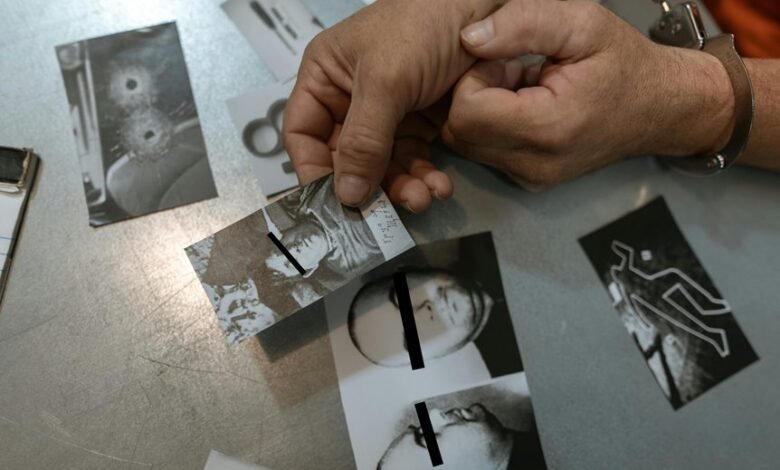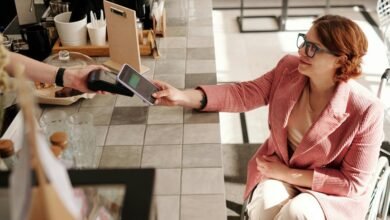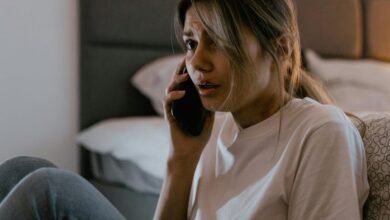Photoackmpa: O Uso de Imagens em Processos Judiciais

The use of images in judicial processes has become increasingly significant. Visual evidence can shape juror perceptions and emotional responses, often enhancing arguments presented in court. However, this reliance on imagery raises important questions regarding authenticity, copyright, and privacy. As courts navigate these complexities, it becomes essential to understand how evolving standards for admissibility might impact the judicial landscape. What implications could this have for the integrity of legal proceedings?
The Impact of Visual Evidence on Judicial Outcomes
Although the use of visual evidence in judicial processes has been a subject of debate, its impact on judicial outcomes is increasingly recognized.
Visual persuasion enhances arguments by appealing to jurors' emotions, influencing their perceptions and decisions. The emotional impact of images can lead to stronger connections with the case, ultimately shaping verdicts.
This underscores the necessity of understanding visual evidence's role in legal contexts.
Challenges and Considerations in the Use of Images
While the persuasive power of images in judicial processes is evident, several challenges and considerations must be addressed to ensure their effective use.
Image authenticity is paramount, as any doubt regarding its legitimacy can undermine its impact.
Furthermore, legal implications surrounding copyright and privacy must be navigated carefully, ensuring that visual evidence is not only compelling but also ethically and legally sound.
Evolving Standards for Admissibility of Visual Evidence
As the landscape of legal proceedings continues to evolve, so too do the standards governing the admissibility of visual evidence in courtrooms.
Digital forensics plays a crucial role in establishing these evidentiary standards, ensuring that visual evidence is reliable and relevant.
As technology advances, courts must adapt their criteria to maintain judicial fairness and uphold the integrity of the legal process.
Conclusion
In the intricate tapestry of judicial proceedings, the use of images serves as a double-edged sword, illuminating truths while casting shadows of potential bias. As courts navigate this evolving landscape, the delicate balance between emotional resonance and factual integrity becomes paramount. Upholding ethical standards ensures that the visual narrative enhances, rather than eclipses, the pursuit of justice. Ultimately, the judicious application of visual evidence can enrich judicial outcomes, fostering a more nuanced understanding of complex cases.





